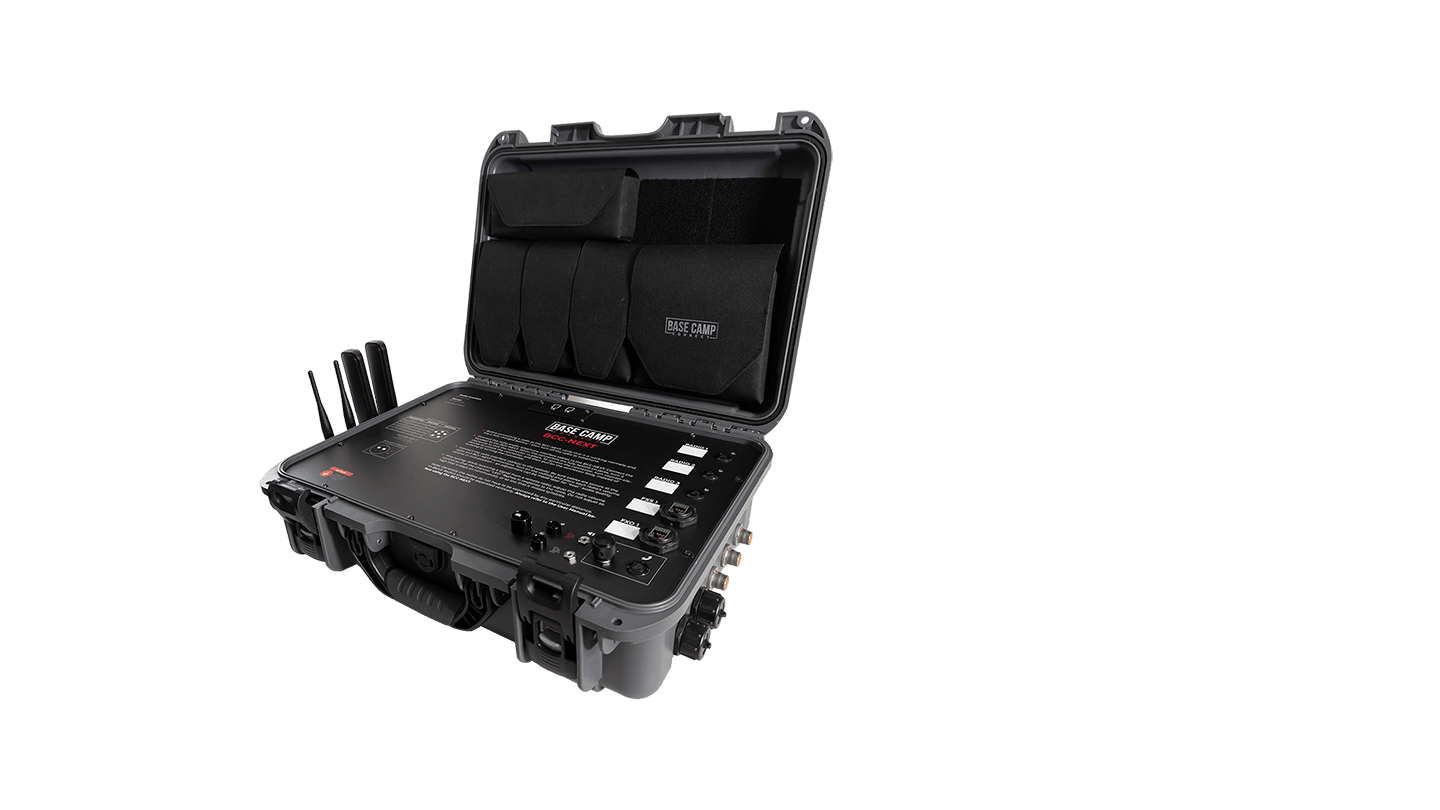Throughout history, innovation has significantly benefitted from military-backed funding. Whether looking back to Leonardo da Vinci’s killing machines or the modern-day innovations we use to navigate and cook our food, the military has been the patron of countless inventions.
One sector that has seen almost constant support from military dollars is the communication industry. The future of military communication will rely on advanced systems that can provide reliable communications without falling victim to cyberattacks. The nature of warfare is such that more advanced communication systems must be introduced almost constantly if a military is to keep in step and ideally ahead of their adversaries.
In my own time as a Marine Corps officer many years ago, I saw and used cutting-edge communication technology that seemed like something out of a science fiction novel. Now, that equipment is old and probably in a museum. The future of military communications moves so quickly that predicting what is to come is difficult. However, several innovations look promising. These innovations include Satellite Communication (SATCOM), Artificial Intelligence (AI), Blockchain, Quantum Communications, and the Internet of Military Things (IoMT). Let’s explore each of these in more detail.
Military Satellite Communications (MILSATCOM)
Military Satellite Communications (MILSATCOM) are communication systems that use satellite technology to provide militaries with secure and reliable global communications. During tours in Iraq and Afghanistan, I personally found that in numerous situations, MILSATCOM was the only reliable form of communication. These systems are designed to work in challenging environments and can support military operations such as command and control, reconnaissance, and logistics.

Future advancements in MILSATCOM will have a significant impact on the way wars are fought. One area of particular interest is the current development taking place with Low Earth Orbit (LEO) satellite constellations, such as SpaceX’s Starlink. This network, and others like it, have the potential to bring high-speed connectivity on a global scale.
Thanks to their proximity to the surface of the Earth, LEO satellite constellations have reduced latency and can enable real-time communication. Future developments are likely to decrease latency even further and provide unparalleled situational awareness for military planners and faster response for units on the ground.
Enhanced communications capabilities such as this can make coordination with friendly units nearly seamless and, in doing so, improve command and control functions. Real-time data sharing can become a common capability, allowing for faster decision-making. In warfare, where speed and agility are of the utmost importance, MILSATCOM advances will provide the user with a significant strategic and tactical advantage and addresses many of the challenges currently facing the military.
AI
It’s difficult to watch the news and not see something related to AI. From generating text to creating artwork and songs, AI technology is being applied to just about every industry, and military communications are no exception. Some of the significant advantages of using AI with military communications include autonomous decision-making, predictive analytics, and intelligent data processing.

Many of the functions performed by people are time-consuming and inefficient. One example can be seen in radio frequency spectrum management and deconfliction. Currently, service members balance the needs of various units and assets across the frequency spectrum. If the task is not performed well, communication channels can become jammed or experience interference. If this task were given to AI, it would likely become much more efficient.
When it comes to processing communication data, AI can identify patterns, predict threats, and significantly optimize communications networks. In doing so, AI-driven communication systems can improve situational awareness and process data instantaneously, leading to greater command and control and reducing the need for human intervention.
Additional roles for AI will include cybersecurity, where AI can detect attacks and respond to them much faster than a person could. This will protect the integrity of military communication systems; in doing so, AI will improve the survivability of people and lead to better outcomes on the battlefield.
Blockchain
Blockchain technology is much more than Bitcoin. Without getting too technical, blockchain is a decentralized digital ledger that can securely record transactions across multiple computers. The point of doing this is that the digital record creates transparency and security backed by cryptographic techniques. Everything that occurs on the “block” is linked to the previous action that occurred, forming a “chain.” This means that it can prevent tampering with previous actions and makes the record secure.

When applied to military communication systems, blockchain technology can be used to create decentralized and tamper-proof communication networks. One feature of blockchains, called smart contracts, can be used to enable automated and secure communications between users. Imagine a world where communications are secure, decentralized, and have greater survivability, as there would be no single point of failure.
Quantum Key Distribution (QKD)
Another innovation that is poised to play an important role in the future of military communications systems is Quantum Key Distribution (QKD). QKD is a secure method of communication that uses principles from quantum mechanics to transfer encrypted keys between two parties. These keys can then be used to encrypt and decrypt messages. The interesting thing about QKD is that in addition to performing this function, their design makes it possible to detect if someone is eavesdropping. Basically, if someone outside the two parties attempts to intercept the key, it is altered, making that attempt visible to the communicating parties.
As you can imagine, having this level of security would be very advantageous to the military. Classified information could be securely transferred between parties while at the same time, QKD can identify when threats have attempted to access the system. QKD would even enhance the resiliency of future systems by protecting military communications from emerging threats like quantum computers.

Internet of Military Things (IoMT)
A final innovation worth considering when looking at the future of military communications is the Internet of Military Things (IoMT). You are probably already familiar with the Internet of Things (IoT). This is the connection between all the devices in your house. Security cameras, the thermostat, your refrigerator, and lights all connected to apps on your phone are one example of the IoT.
When we apply a similar concept to the military, we see a network of devices and systems specific to defence industry applications. Imagine a battlefield of the future where every soldier is using wearable technology that tracks their movement and vital signs. A wide range of sensors will link them to vehicles, weapons, radios, and other assets creating one big cohesive and intelligent network.
The IoMT has the potential to revolutionize the speed at which decisions are made. Real-time data can transfer across communication networks and build a highly accurate picture of military operations.

With innovations like those detailed above the future of military communications is full of potential. The real power lies in bringing all these technologies together. The synergies obtained by integrating these and other innovations will provide a significant advantage to the military which can achieve this.
Throughout history, military-backed funding has driven innovation, from Leonardo da Vinci’s inventions to modern technologies like GPS and microwaves. The communication sector has benefited significantly from these inventions, relying on advanced systems to maintain reliable and secure communications. These innovations promise enhanced situational awareness, faster decision-making, and improved command and control. Integrating these technologies will offer strategic advantages, ensuring military communications exceed the needs of fighting forces on an ever-evolving battlefield.
Liked this blog post? Stay tuned by subscribing to our blog!














